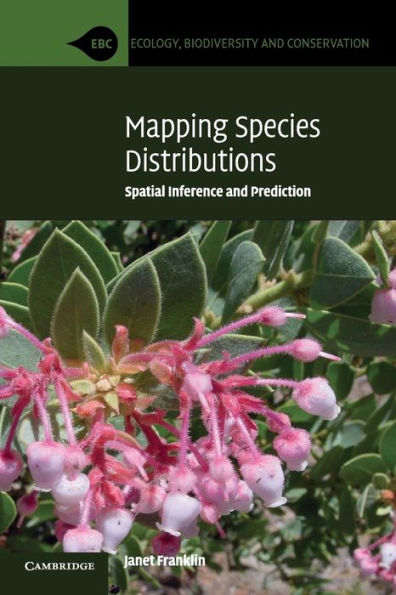5
1
9780521700023



Mapping Species Distributions: Spatial Inference and Prediction available in Paperback, eBook

Mapping Species Distributions: Spatial Inference and Prediction
- ISBN-10:
- 0521700027
- ISBN-13:
- 9780521700023
- Pub. Date:
- 01/07/2010
- Publisher:
- Cambridge University Press
- ISBN-10:
- 0521700027
- ISBN-13:
- 9780521700023
- Pub. Date:
- 01/07/2010
- Publisher:
- Cambridge University Press

Mapping Species Distributions: Spatial Inference and Prediction
$69.99
69.99
In Stock

Product Details
| ISBN-13: | 9780521700023 |
|---|---|
| Publisher: | Cambridge University Press |
| Publication date: | 01/07/2010 |
| Series: | Ecology, Biodiversity and Conservation |
| Edition description: | New Edition |
| Pages: | 340 |
| Product dimensions: | 5.90(w) x 8.90(h) x 0.70(d) |
About the Author
What People are Saying About This
From the B&N Reads Blog
